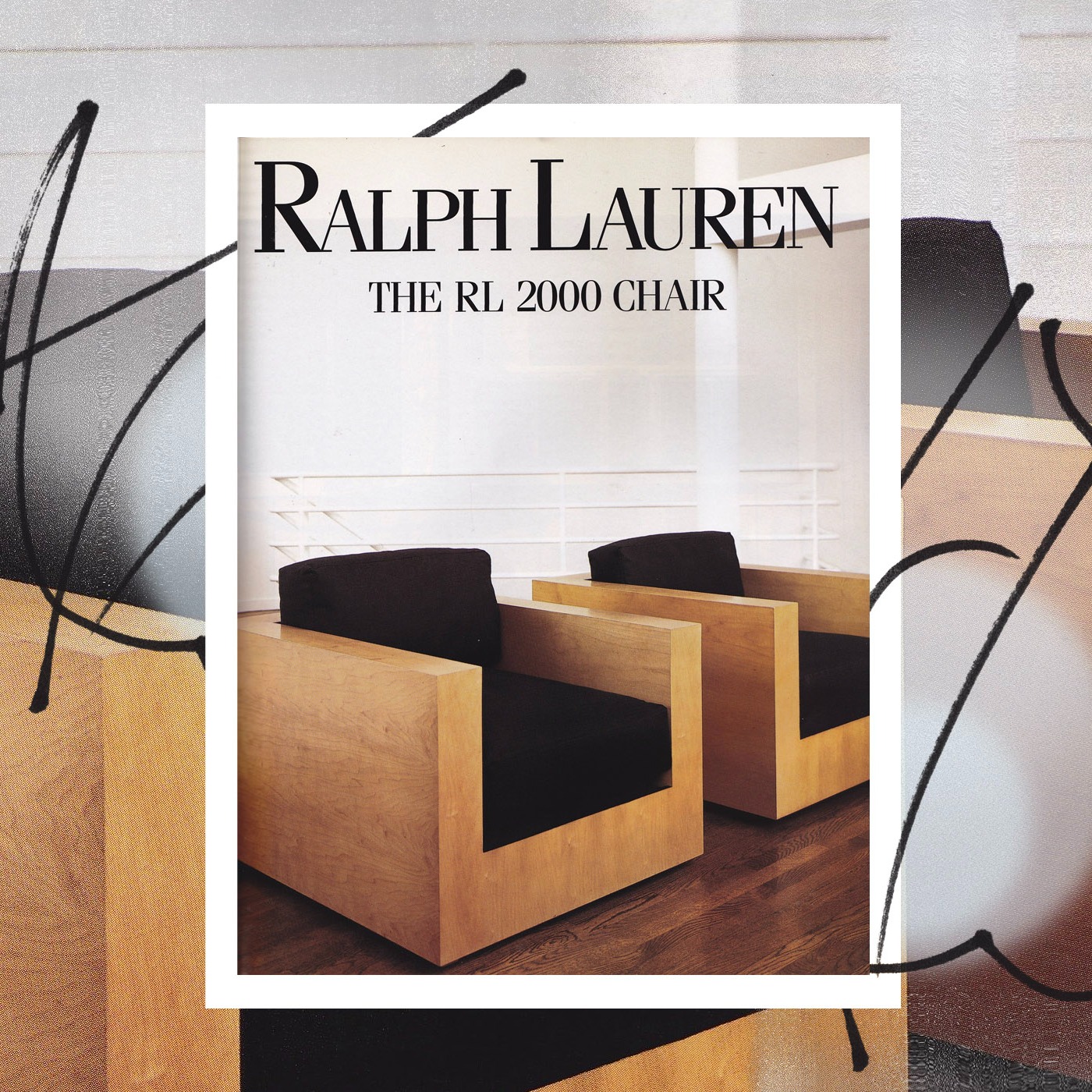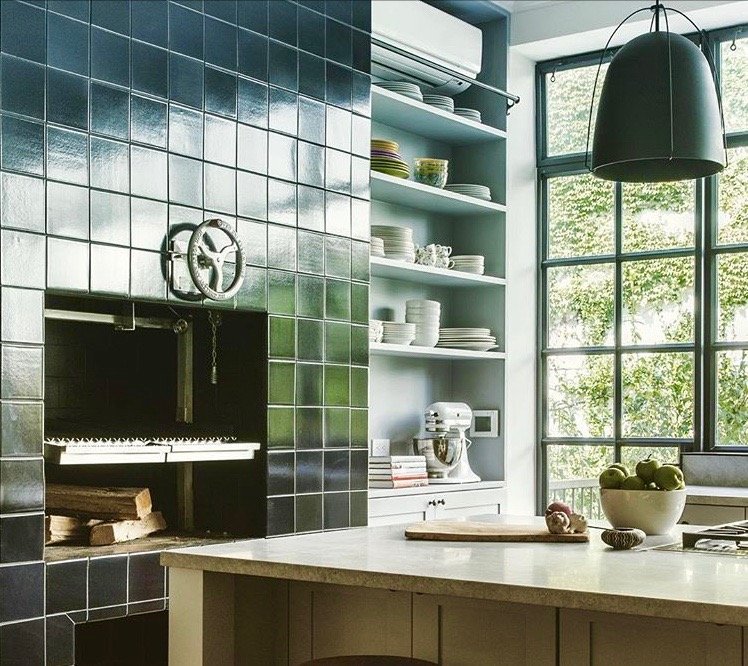This story was originally published in Prune, our free design and interiors newsletter.
In 1996, Americans bought over 616 million copies of the compact disc, the cutting-edge format that surpassed vinyl LPs in the late ’80s and cassette tapes in the early ’90s. (That number would peak in 2000 at 943 million before it started to backslide as Napster and other file-sharing platforms decimated the form.) But in 1996, when the compact disc was king, the Danish company Bang & Olufsen debuted the Beosound 9000, a luxurious six-disc player that quickly became a covetable status symbol among the decade’s upwardly mobile-yuppies. The company touted that the changer mechanism accelerated from zero to 60 miles per hour in less than six seconds. This CD player was sleek, sexy, and fast as hell.
It was designed by London-born David Lewis, who moved to Denmark in his early twenties. He joined Bang & Olufsen in the mid-1960s as a freelancer and worked with the company in various capacities in the decades to come. His guiding principles were to produce home electronics that stood out from the furniture instead of blending in with it, and to simplify “the gadgetry and complexity,” as he called it. The Beosound 9000 adheres to this ethos: a sleek rectangle that could be mounted on a polished metal stand or affixed to a wall like a piece of art. At $4,000, it better have doubled as art. (If you add in the Beo4 remote control, the metal stand, and two Beolab 8000 speakers, the grand total for the hi-fi system jumped to $7,750, or $15,000 in today’s dollars.)
You can see the echoes of Dieter Rams in the Beosound 9000, the famed German industrialist whose work for Braun proudly displayed the internal mechanicals instead of hiding them underneath hardwood as was customary. Throughout the 1990s and into the early aughts, many of the CD players from Japanese brands like Sony or Aiwa were either shiny silver or black plastic, burying the discs deep in the belly of the polypropylene beast.
The transparent face doubled as a display case for its owner's six CDs, a way to show guests what has been in the household's sonic rotation. Lewis and his team even engineered the functionality so that a CD retains its original orientation, avoiding a cluttered visual of the disc's artwork at various degrees and angles. In 1998, the CD player appeared on Sex and the City in the uptown apartment of the snobby and fastidious Miranda Hobbes. That is not to say the Beosound 9000 was without its faults.
|  | Apr 19, 2024 |
|
|  | Apr 9, 2024 |
|
|  | Mar 15, 2024 |
|
|  | Mar 1, 2024 |
|






